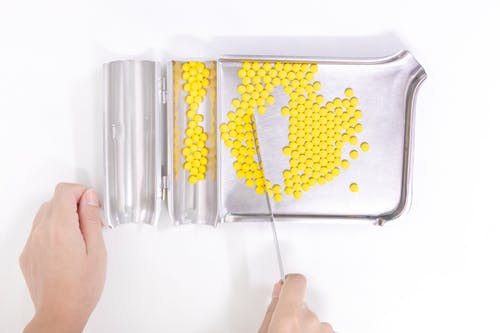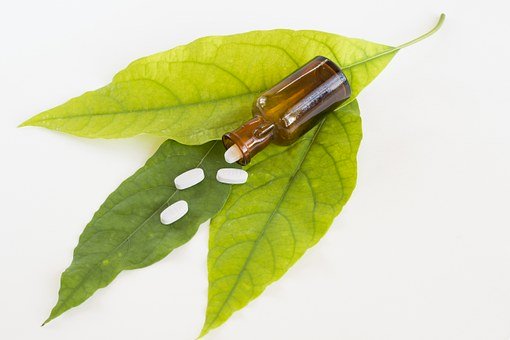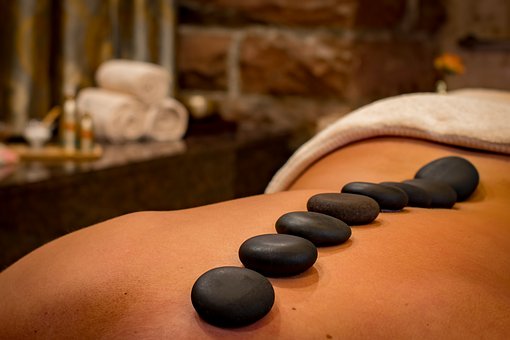Treatment for Chronic Pelvic Pain Syndrome
Date:2019-12-31 click:0

Chronic pelvic pain syndrome(CPPS) has always been considered as the most difficult type of prostatitis to treat. It should be pointed out that the etiology of CPPS is complex, the symptoms are diverse, and a single treatment method is often difficult to achieve satisfactory results. Therefore, in recent years, combined treatment for different pathogenesis of prostatitis has achieved satisfactory results.
1. Antibiotic treatment
This treatment has been widely recognized, of which Quinolones are the most commonly used drugs. Quinolones have an affinity for the prostate, can penetrate the lipid membrane of the prostate, and reach a higher concentration in the prostate.
In addition to being effective for Gram-negative and positive bacteria, they are also effective for chlamydia and mycoplasma, so their efficacy is better. However, there are also reports suggesting that quinolones are ineffective in the treatment of CPPS. Therefore, the treatment of CPPS with antibiotics needs further multi-center Large sample clinical study.
2. α - adrenergic receptor blocker
This drug can reduce the resistance of the posterior urethra and bladder neck, reduce the urine reflux in the prostate and improve the symptoms of patients.
3. Nonsteroidal anti-inflammatory drugs(NSAIDs) and 5αreductase inhibitors
It has been confirmed that the immune system plays an important role in the pathogenesis of CPPS. The inflammation of CPPS is mediated by cytokines induced expression of chemical activator, cyclooxygenase-2 (COX-2). NSAIDs can play a dual role in anti-inflammatory and pain relief; in addition, plant drugs and 5-reductase inhibitors in the treatment of CPPS are also increasingly valued.

4. Plant preparations
In recent years, pollen extract has been widely used in the treatment of CPPS at home and abroad and has achieved a certain effect, with fewer adverse reactions. Nickel et al. Reported that the NIH-CPSI pain score, urination symptom score, and quality of life score of CPPS patients after six weeks of finasteride (50 mg / D) treatment were significantly improved compared with those of placebo group, especially for patients with BPH at the same time.
5. Herbal medicine
In addition, many herbal medicines like Diuretic and Anti-inflammatory Pill with many pharmacological properties, such as clearing away heat and detoxification, promoting blood circulation and removing blood stasis, also meets the treatment requirements of CPPS very well and can achieve a satisfactory clinical effect.
Moreover, it has the advantage of safety and will not cause any side effects or harm to the human body. At the same time, it can also treat other complications, enhance the immunity of patients, and play a role in both symptoms and causes.
6. Biofeedback therapy
Considering that the tension myalgia of the pelvic wall may be the important pathogenesis of CPPS, the treatment purpose of relieving spasm and pain can be achieved through biofeedback technology training and regulating the relaxation and contraction of the pelvic wall muscle group. In recent years, the application of biofeedback technology in the treatment of CPPS has been reported at home and abroad and has achieved encouraging results.

5. Prostate hyperthermia and massage
Hyperthermia mainly uses various physical means to increase the internal temperature of prostate gland, enhance blood and lymph circulation, improve local nutrition, accelerate local metabolism and toxin elimination, and promote inflammation absorption; it can also reduce the tension of striated muscle, especially the muscle tension in spasm state, which has a certain antispasmodic effect.
However, the effect of hyperthermia is often short-term; the existing reports lack long-term follow-up treatment. In addition, prostate massage, acupuncture, and so on can also improve the drainage of the glandular duct and promote the inflammation to subside. There are some reports at home and abroad, but its long-term effect also needs further study.
6. Extracorporeal shock wave therapy(ESWT)
The analgesic effect of extracorporeal shock wave has been verified in the treatment of lithotripsy for a long time, and it has the same therapeutic effect on soft tissue lesions. In recent years, it has been applied to the treatment of sports system diseases such as myofascial soft tissue inflammation, knee joint degeneration, and so on, and achieved satisfactory results.
Conclusion
In recent years, with the rapid development of molecular biology, molecular immunology, and related technologies, the treatment methods of CPPS are increasing and innovating, and the effectiveness of treatment is increasingly prominent.
In the future, the RCT of CPPS must take the variability of symptoms into account and return to its average value. Clinical research should be based on evidence-based medicine and conduct multi-center, prospective, large sample research, pay attention to the best course of treatment and follow-up.
You may also be interested in:



